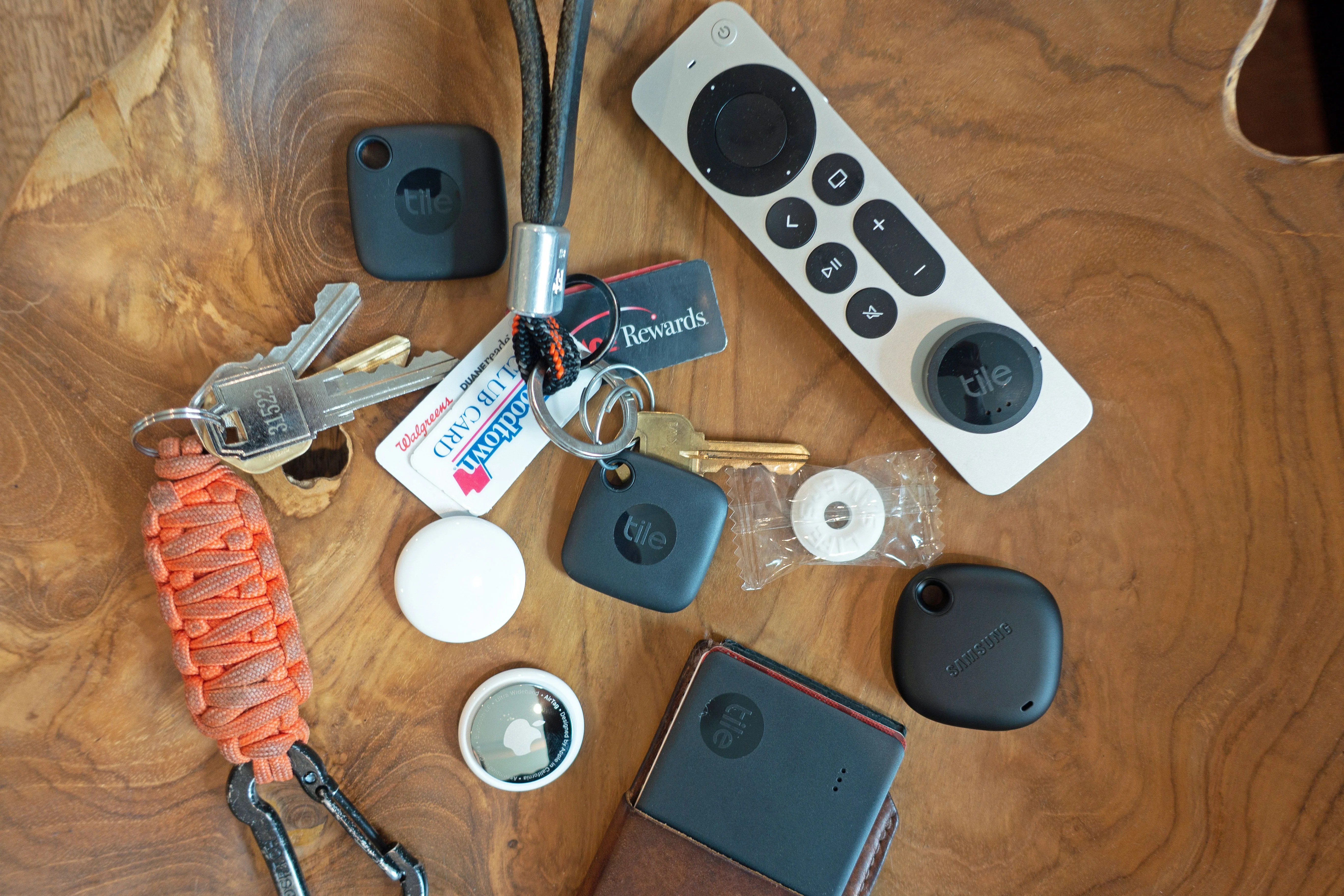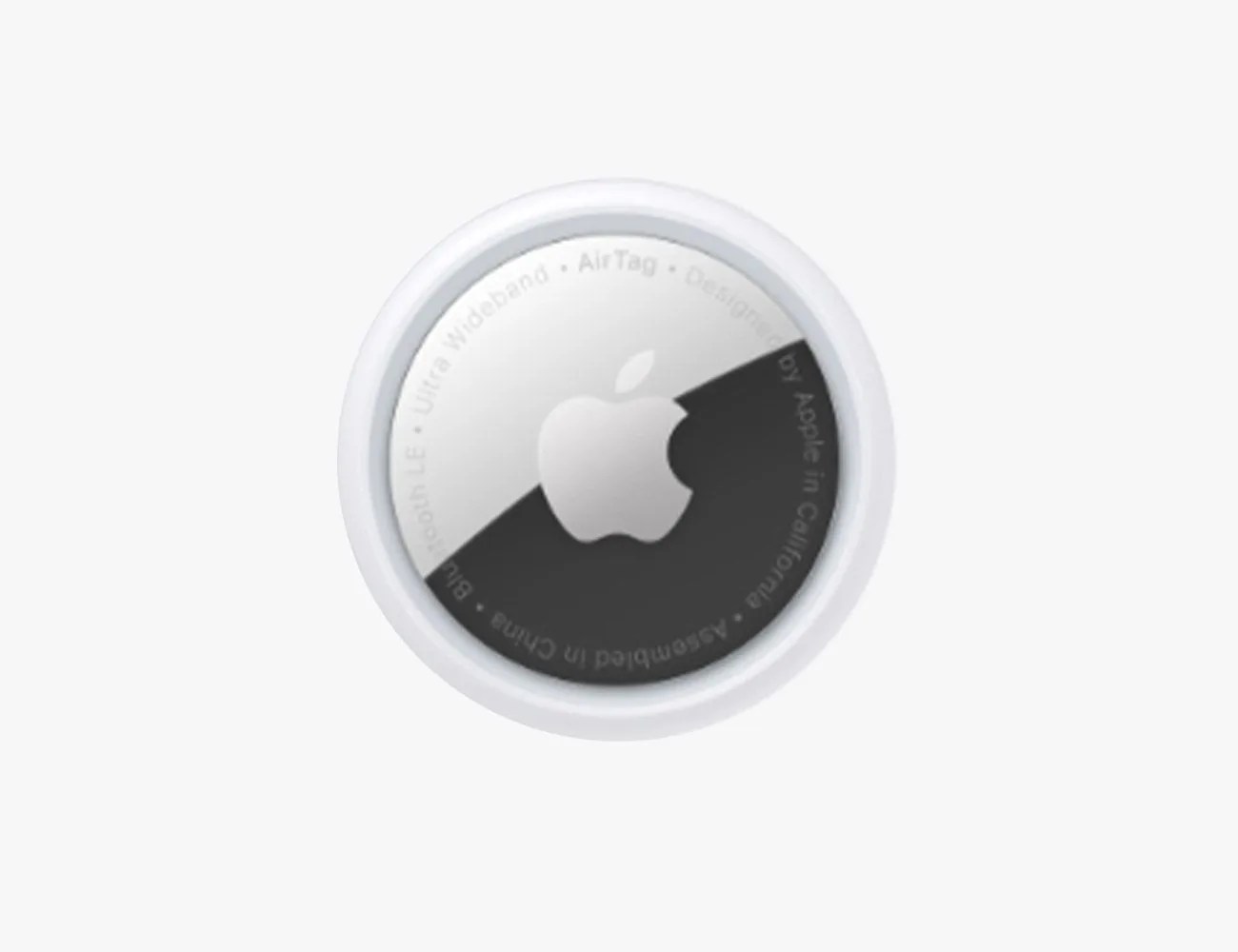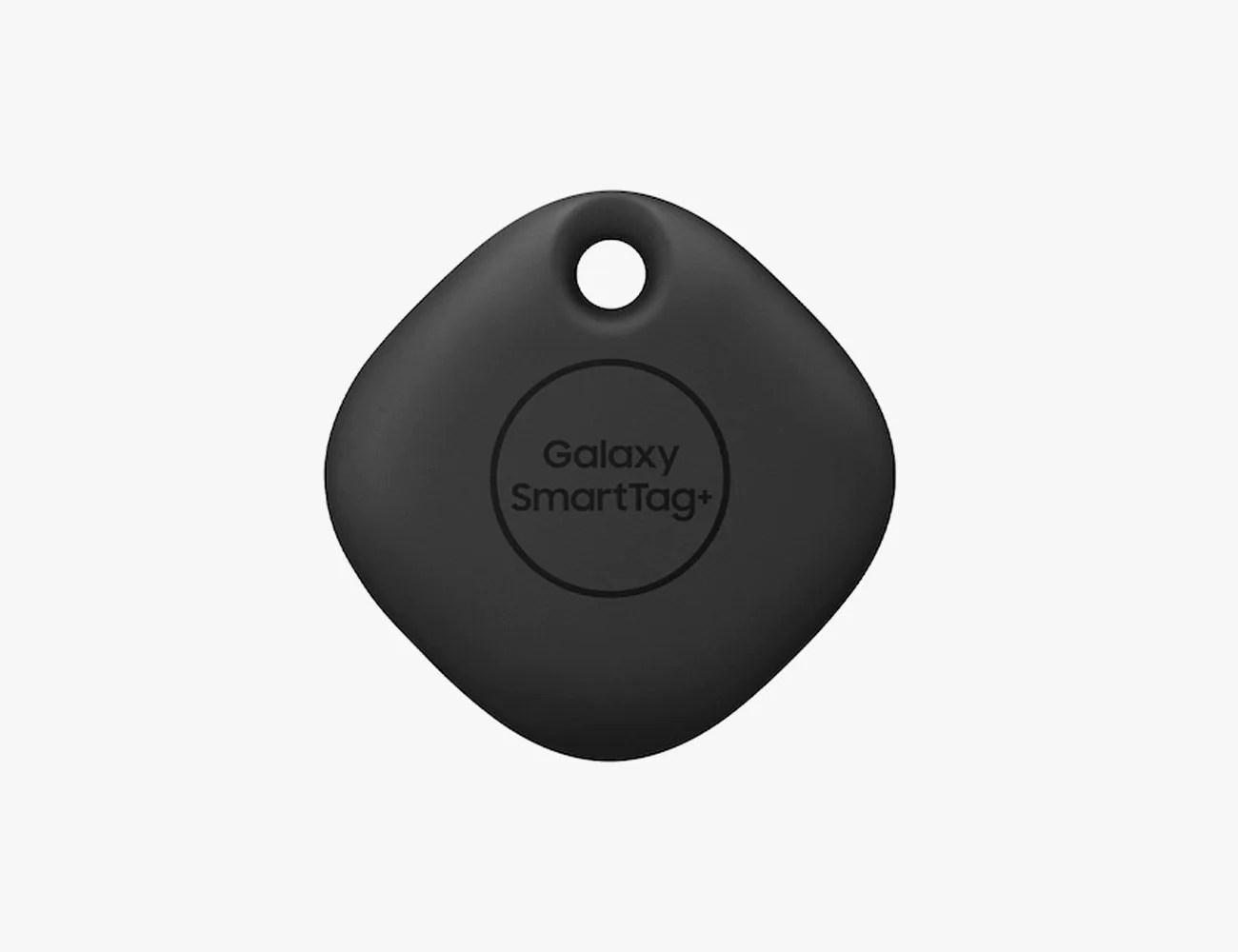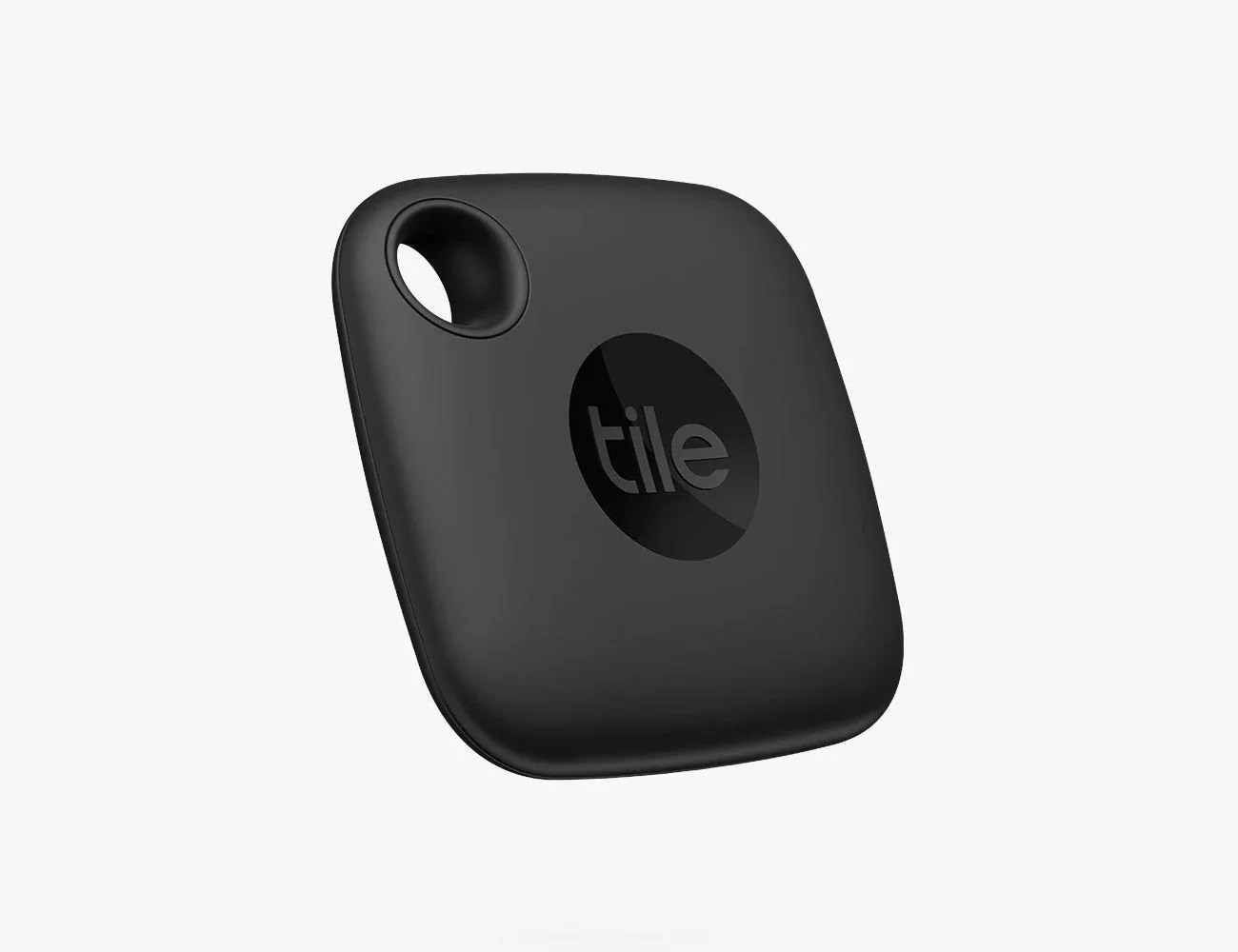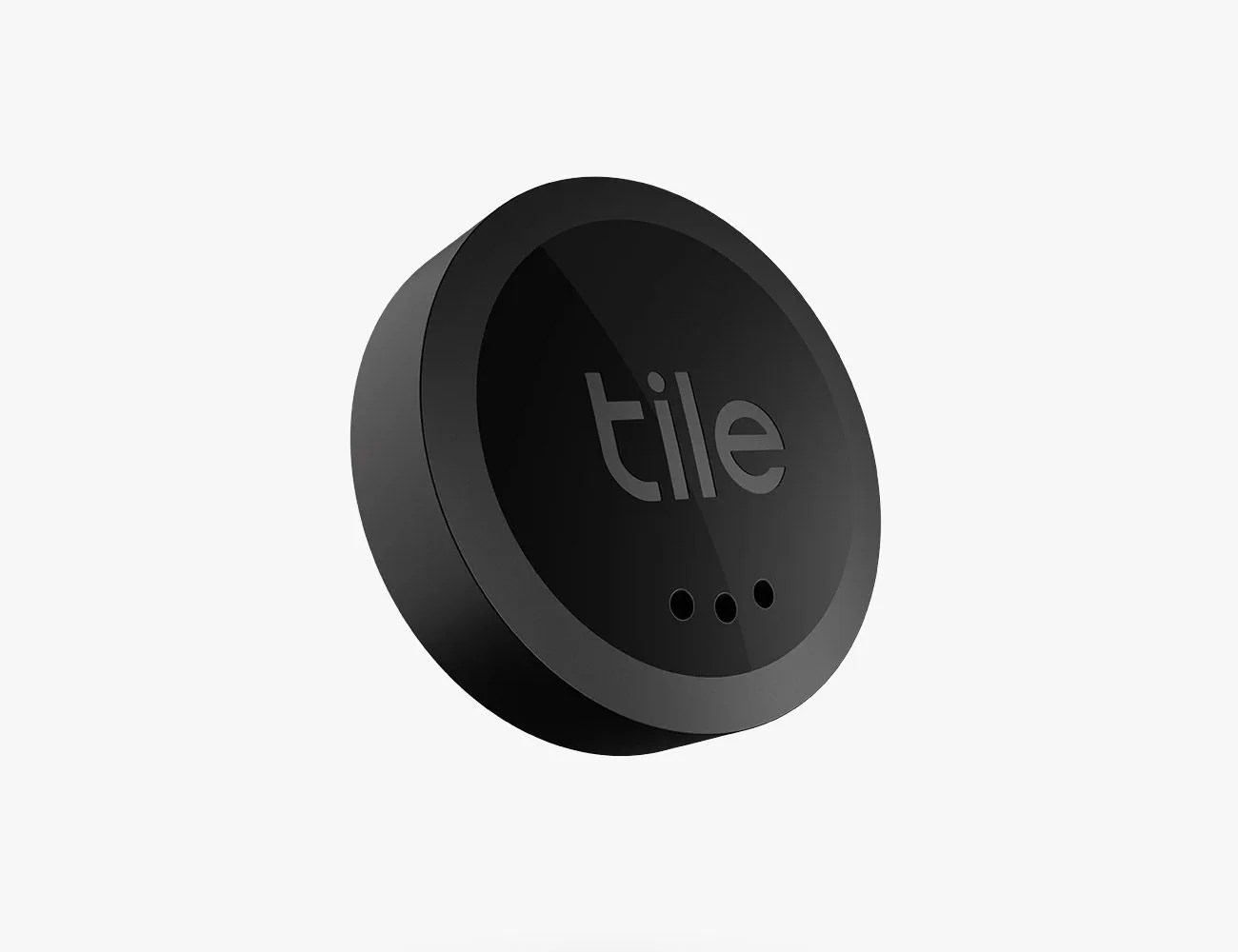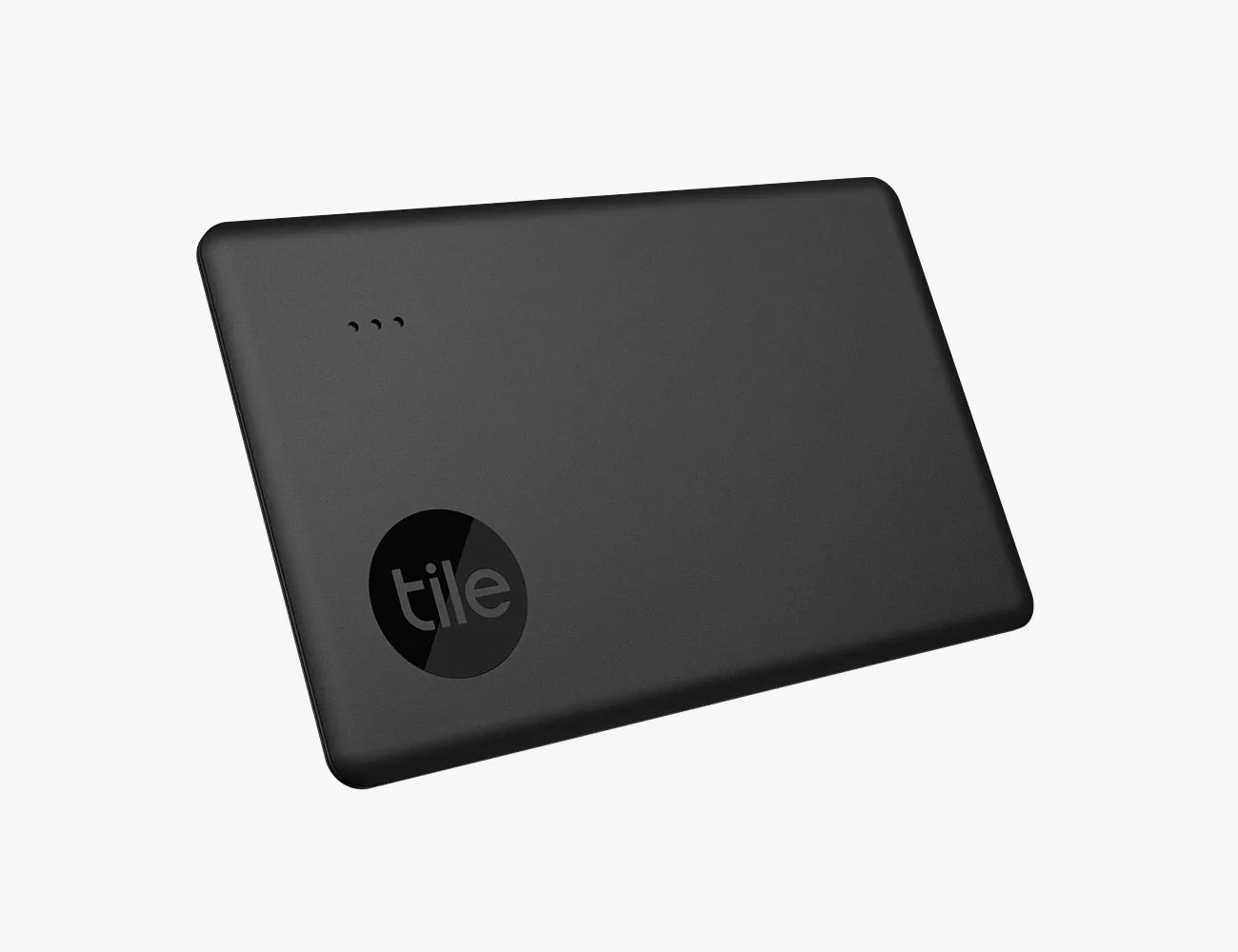Today, many of our personal gadgets — including smartphones, laptops, smartwatches and even headphones and wireless earbuds — are integrated with tracking technology that allows us to locate them in case they are misplaced or stolen. To find them, all we have to do is open a certain app and it’ll tell us where that device was last located. For Apple devices, it’s the Find My network. For Samsung smartphones and tablets, it’s Find My Mobile. And for Google devices, it’s Find My Device.
Products in the Guide
Of course, not all of our gadgets are integrated with such tracking technology. And neither is any of our personal belongings, such as bags, bikes and other non-electronic gear that could potentially get lost. The good news is that you can easily attach a separate device called a Bluetooth tracker to any of these gadgets and belongings and it’ll track it in exactly the same way.
Tile has been the biggest name in Bluetooth trackers for almost a decade — and they are offering a wide variety of trackers in various shapes, sizes and other capabilities. However, the market for Bluetooth trackers has gotten exceedingly crowded thanks to Apple and Samsung — two tech goliaths — throwing their hats in the ring, releasing AirTags and Galaxy SmartTags, respectively, and now we as consumers have options.
How do Bluetooth trackers work?
As their name suggests, Bluetooth trackers use Bluetooth Low Energy (BLE) technology to connect to your smartphone and share location data with it. This allows you to pinpoint its location by simply opening up the tracker’s companion app or via the tracker’s website and logging into your account. The catch is that the Bluetooth tracker has to be within roughly 150 feet of your smartphone to maintain this BLE connection. If you go out of range, the app or website will show you the tracker’s last known location.
The neat thing is that Bluetooth trackers have a special ability to relay location information to your smartphone even if they go out of range — and they do this by crowdsourcing location information. For instance, even if you lose an AirTag and anybody with an iPhone comes with BLE distance (roughly 150 feet) of it, it’ll be able to share location data and your Find My app will have an updated location of your AirTag. If you have a Tile tracker, it works exactly the same way but that smartphone must also have the Tile app downloaded.
